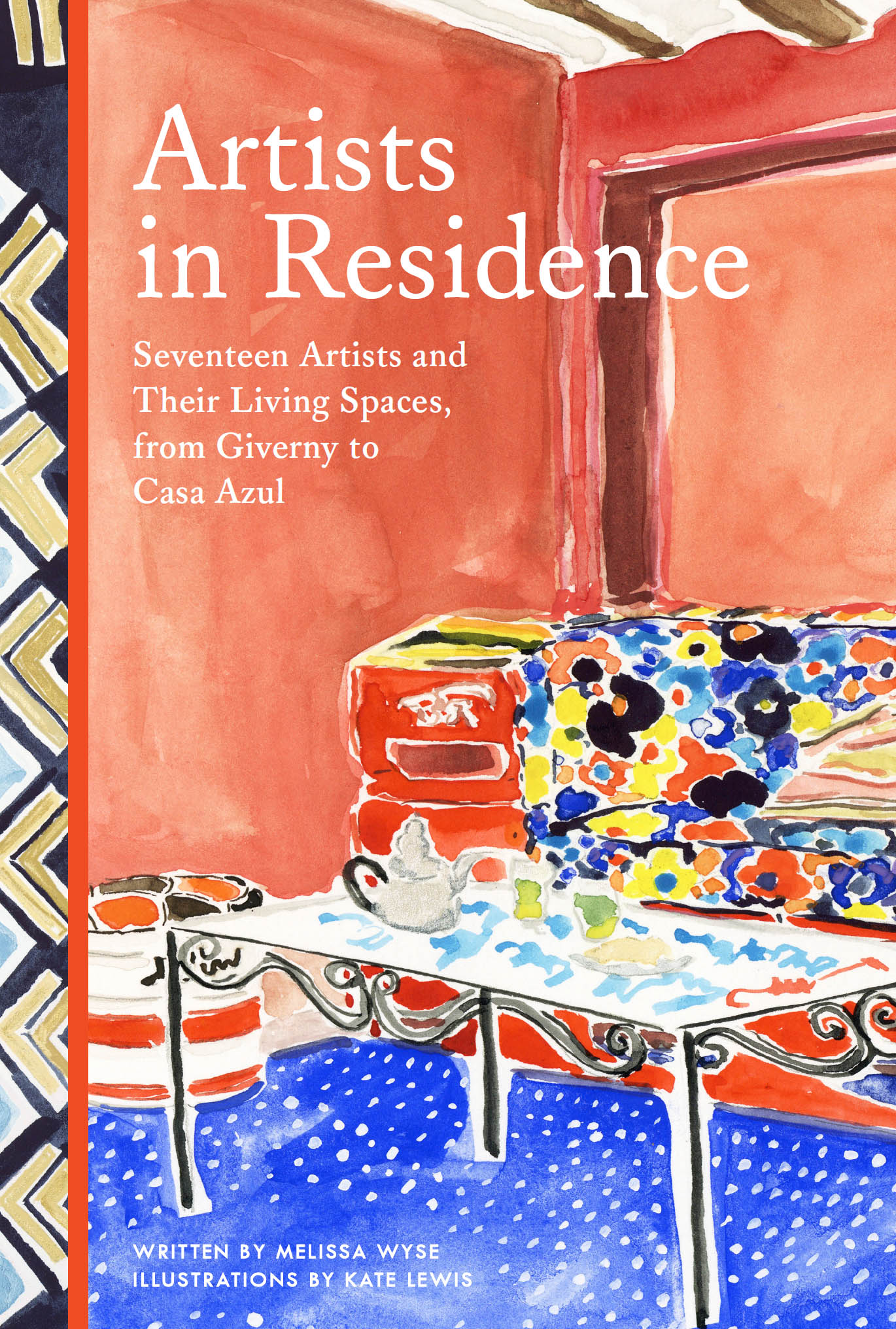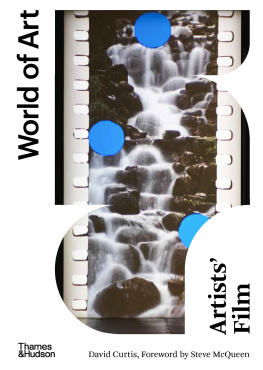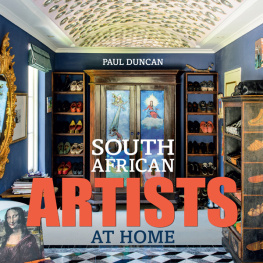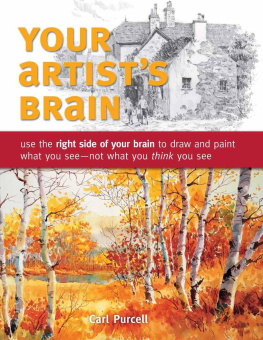



To our families, who champion and uplift us in our own creative journeys: Ed, Sadie, Eli, Knox, and Cooper Jim and Donna
Tim, Pamela, and James

Text copyright 2021 by Melissa Wyse.
Illustrations copyright 2021 by Kate Lewis.
All rights reserved. No part of this book may be reproduced in any form without written permission from the publisher.
Library of Congress Cataloging-in-Publication Data available.
ISBN 978-1-4521-7991-9 (epub, mobi)
ISBN 978-1-4521-7967-4 (hardcover)
Design by Kristen Hewitt.
Chronicle books and gifts are available at special quantity discounts to corporations, professional associations, literacy programs, and other organizations. For details and discount information, please contact our premiums department at or at 1-800-759-0190.
Chronicle Books LLC
680 Second Street
San Francisco, California 94107
www.chroniclebooks.com


This book emerged from a story of serendipity. Both of us (Kate and Melissa) have been fascinated by artists and their homes since long before we met one another. For years, Kate made paintings of rugs and textiles, chairs and bookcases, rooms and other interior spaces. Over time, she drew deeper into this creative exploration and painted the homes of visual artists. As she painted, her project started to feel more and more to her like a book.
At the same time, Melissa had been making trips across the world, from France to Japan, from New Mexico to New England, to visit the homes of artists, writers, and architects. She filled pages in her notebooks with descriptions of these places and what they felt like. She did not know why, exactly, she kept visiting the homes or writing about them in such detailonly that they deepened and sometimes even shifted her understanding of each artist.
Then, in the summer of 2017, the two of us met as resident artists at the Ragdale Foundation. Kate was working on a body of paintings, and Melissa was working on a short story collection. Several months later we serendipitously reconnected. Kate had recently created a series of painted ceramics in collaboration with her mother (who is a potter), and Melissa reached out to purchase one of these pieces for her mother (who loves art). In our email exchange about this gift, Kate mentioned all the paintings shed been doing of artists homes, and Melissa mentioned all the writing shed been doing about artists homes, and within days, we were on the phone, stunned by the coincidence of our shared interest and our shared sense of what this project could be and why it has meaning.
As much as this book is a story of serendipity, it is also a story of the strange alchemy of the creative process. We both spent years getting ready to write this book before either of us knew thats what we were doing. And we encourage everyone to follow their own curiosities, even when they dont point in any clear direction or to any concrete outcome. Often our curiosities lead us to our most meaningful work.
This is often true for the artists in this book. Their homes played dynamic and often unexamined roles in their creative process. For many, their homes served as low-stakes places of experimentation, giving them space, outside of their art, where they could follow their own curiosities. This book explores the ways that process can unfold, and the multifaceted interplay between these artists living environments and their art.

Some of the artists in this book used their homes as places where they explored materials, staged still lifes, or inhabited the aesthetic vocabularies that would inform their artistic production. Others experienced their homes as sites of divergence, places where they stepped away from the hallmarks of their artistic work to embrace radically different colors, patterns, or aesthetic experiences. The artists in this book alternately reveled in their family life and living spaces, resisted the confining roles ascribed to domestic spaces, chose and designed homes that brought them personal and creative fulfillment, or found ways to create art in spaces over which theyd had little choice.
Our hope is to open the door not only to homes you have heard about and maybe even visited, but also to homes and artists who may be less familiar to you.
Some of the homes in this book belong to living artists who have active and ongoing creative relationships with these spaces. In other cases, while the artist is no longer living, their home still exists; some are even open to the public. However, other homes in this book no longer exist, because the building was torn down, sold, or transformed. The artists life there is no longer available for us to experience firsthand.

Kates studio
In the course of researching, writing, and illustrating this book, we were struck by how many artists homes have been lost to the passage of time. Too often, the ones that are lost are the homes of women artists and artists of color. With the loss of these spaces, we lose one means of connecting with these artists and their creative experiences. We hope that the pain of losing these artists homes spurs us all to better honor their legacies moving forward. In telling the story of art, artists, and creativity, it matters whose houses get preserved or documented, whose careers are overshadowed, how we create and refine legacy, how we remember.
From the beginning of our collaboration, we knew that this book would not include photographs; instead, it would hold Melissas writing and Kates paintings of each artists home. In a world where interior spaces are relentlessly photographed, we often consider homes solely in terms of their visual appeal. Through our writing and paintings, we hope to convey not just what a home looks like, but also some greater essence of how it feels.
Choosing to write about and paint these homes (instead of photographing them) has also allowed us to step into and reimagine homes that no longer exist. In these cases, we have done our best to research and understand each home.
Unless otherwise noted, all of the paintings in this book emerge from consulting multiple photographs, films, or archival records of each room or objector, when possible, from our own visits to the artists homes. The paintings are not exact reproductions of the homes; at times, we have homed in on, simplified, or exaggerated details in order to convey the spirit of rooms and objects. We didnt always paint or write about the most well-known aspects of the artists life or home. Instead we noticed what made each of us stop and look again, the objects and rooms that offered insight into each artists unique view and experience, and that made us feel the electricity of connection to the artist.
Next page
















